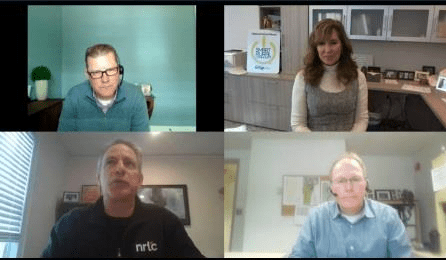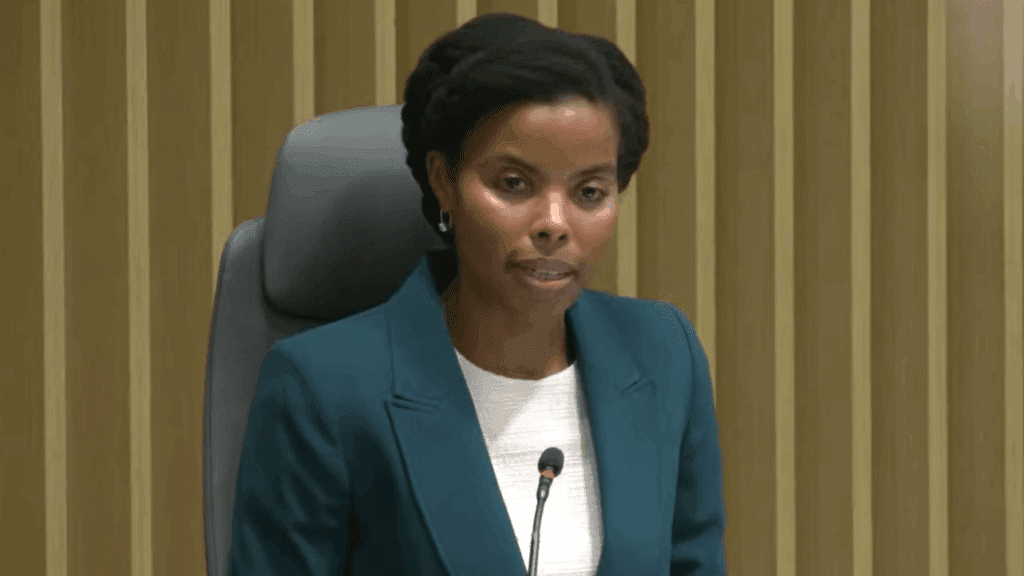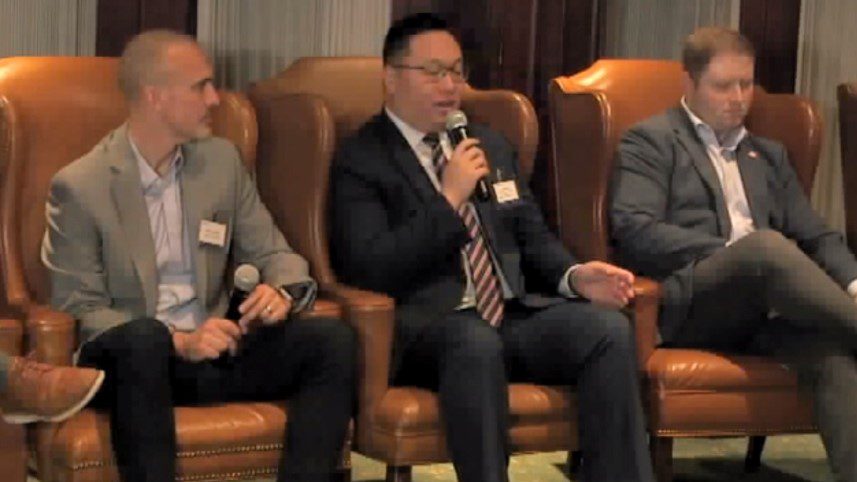Costs, Operational Concerns Among Barriers to Closing Digital Divide
Randy Sukow
|

Policymakers have long desired to close the gap between rural and urban internet connectivity, but the barriers to progress remain and sometimes change year to year. For example, the COVID-19 epidemic has both underscored the need for rural broadband and increased the difficulty in obtaining it. A recent Fierce Technology panel session, “Closing the Digital Divide,” reviewed the difficulties rural providers face.
“It’s economics. It’s just very costly to deploy fiber in most cases to low-density areas,” said Jim DaBramo, president of NRTC Broadband Solutions (pictured lower left). He noted that the cost of deploying fiber on poles is a third of the cost of deploying in the ground and rural electrics owning poles have further incentive to build above ground. Rocky terrain and other impediments increase the cost of ground deployment. “If fiber is the way to go [for a particular broadband deployment], it comes down to costs,” DaBramo said.
“It’s expensive to reach these areas because in some cases the incumbents in these areas can’t find a business case to do so,” said Shirley Bloomfield, CEO of NTCA. the Rural Broadband Association, an NRTC board member (pictured above right). “It’s not just building the network, it’s sustaining it. It’s not just one and done. You don’t just put something in the ground and get some grant money and assume you’re going to walk away.”
Fortunately, Bloomfield was able to mention things providers can do to reduce building and operational costs, including government support and various forms of partnerships. She said that many NTCA rural telco members have formed partnerships with electric cooperatives or small-town governments. “There are about 35 states where a lot of the communities have come together and aggregated their fiber assets. Those state fiber networks are also very powerful,” she said.
“It makes total sense for folks who have rights of way and have a desire to build broadband networks to partner with folks that know how to operate,” DaBramo said. “It’s one thing to get a network up and running. It’s another thing to keep it going and keep customers happy and deal with the day-to-day issues of running a network.”
The panel covered several other issues, including the benefits and problems with fixed wireless access, supply chain issues and whether government and industry can close the digital divide without raising the definition of broadband above 25 Gbps downstream. Fierce Technology is offering registration for access to a session recording.


